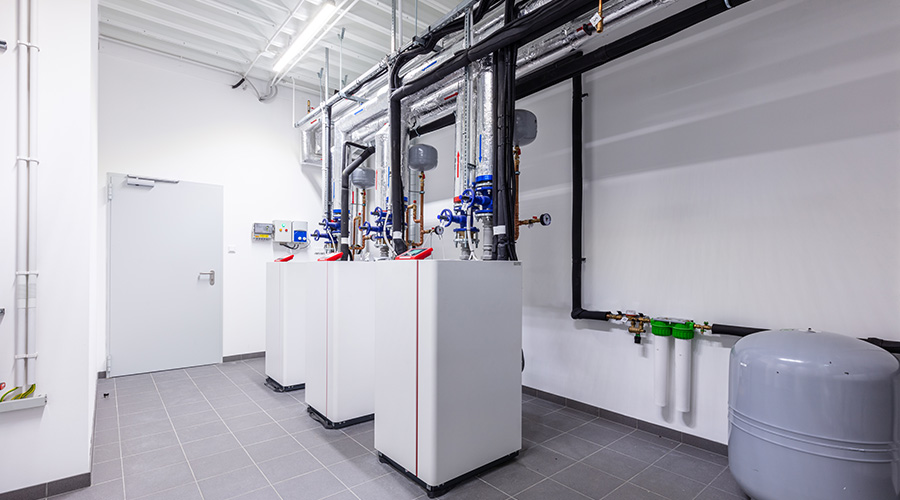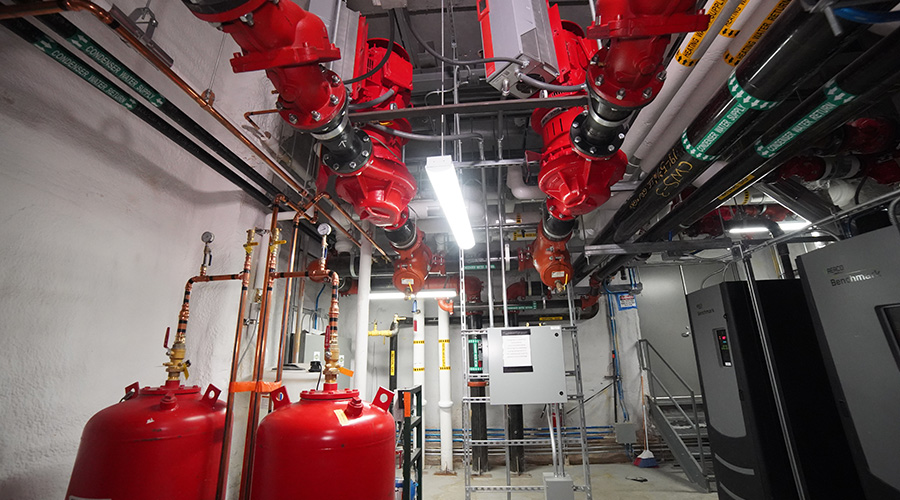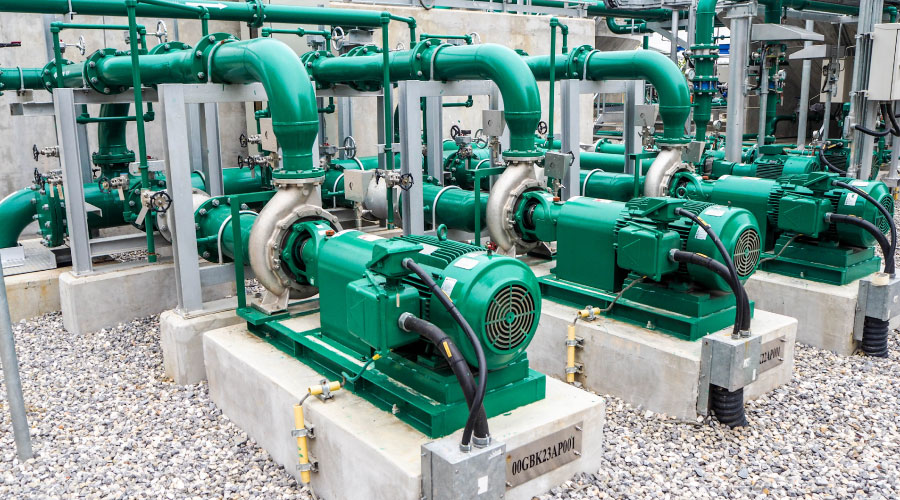Don't Fail These HVAC Design Tests
Part 4 of a four-part article on best practices for designing HVAC systems.
Two seemingly successful sustainable designs turned into major HVAC failures because they failed to consider basics.
Failure to Understand the Local Climate. The designers of set out to design a truly integrated, LEED certified facility. Because an indoor swimming pool complex was built in a mixed climate, designers chose to try to reduce the amount of energy required to heat, cool, dehumidify, and re-humidity the building’s indoor air by specifying an enthalpy — or heat recovery — wheel. But during the winter, the wheel constantly recycled moisture from the swimming pool throughout the facility. The result was a complete inability to control moisture in the building.
Failure to Design for Future Flexibility. The chief priority for developers of a multitenant building was to build an efficient, integrated HVAC system that, although initially cost prohibitive, would provide an ROI over years of operation. The HVAC system was built with hundreds of small valves that distributed heating/cooling throughout the facility. While this would have worked great for a building that didn’t require much flexibility, the facility had high tenant turnover, and the efficient — but highly inflexible — HVAC systems components couldn’t be easily changed out as new tenants moved in and re-configured their spaces. Instead, developers had to invest in re-configuration of HVAC piping — an additional expense and a significant business interruption for tenants.
Related Topics:















